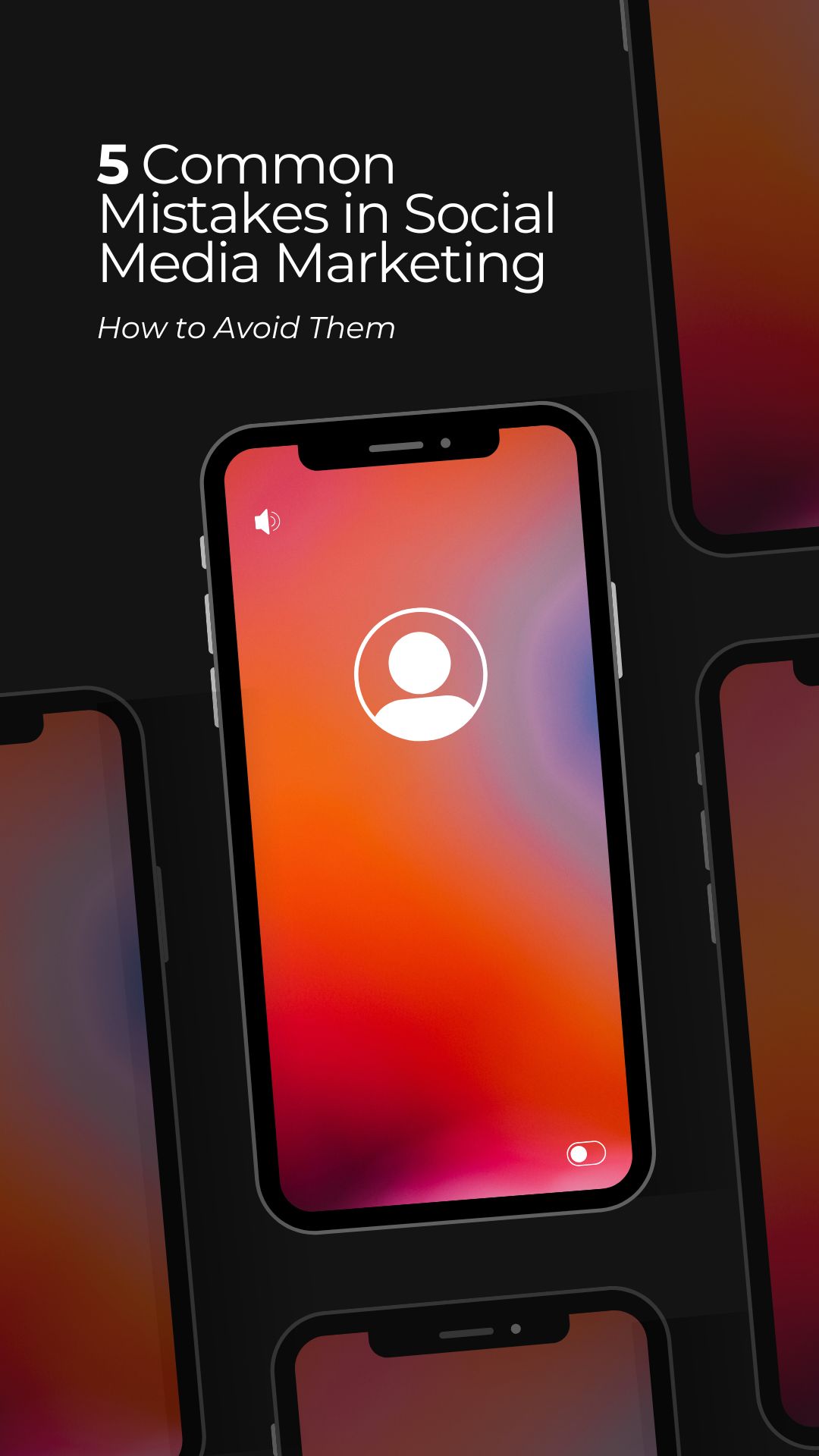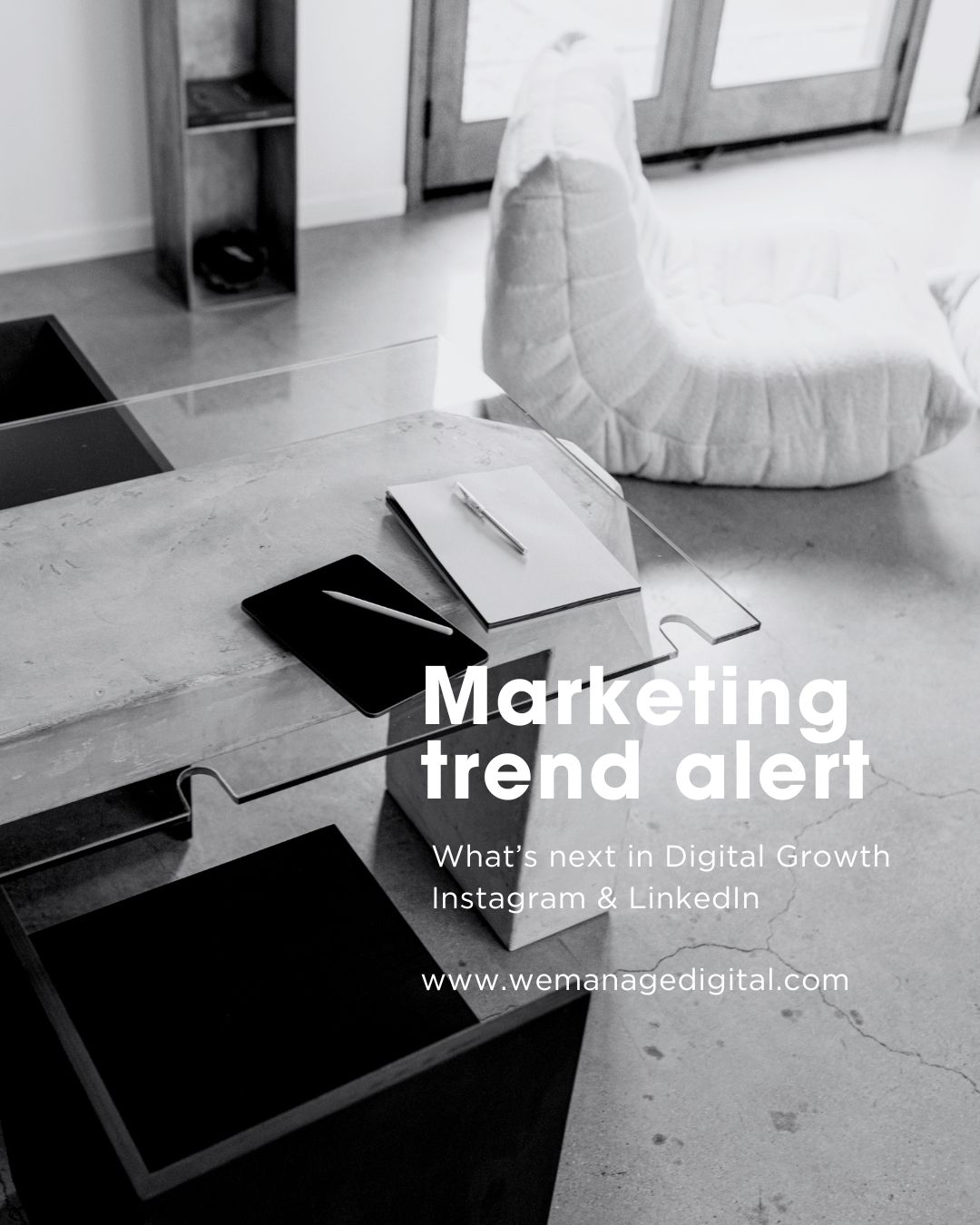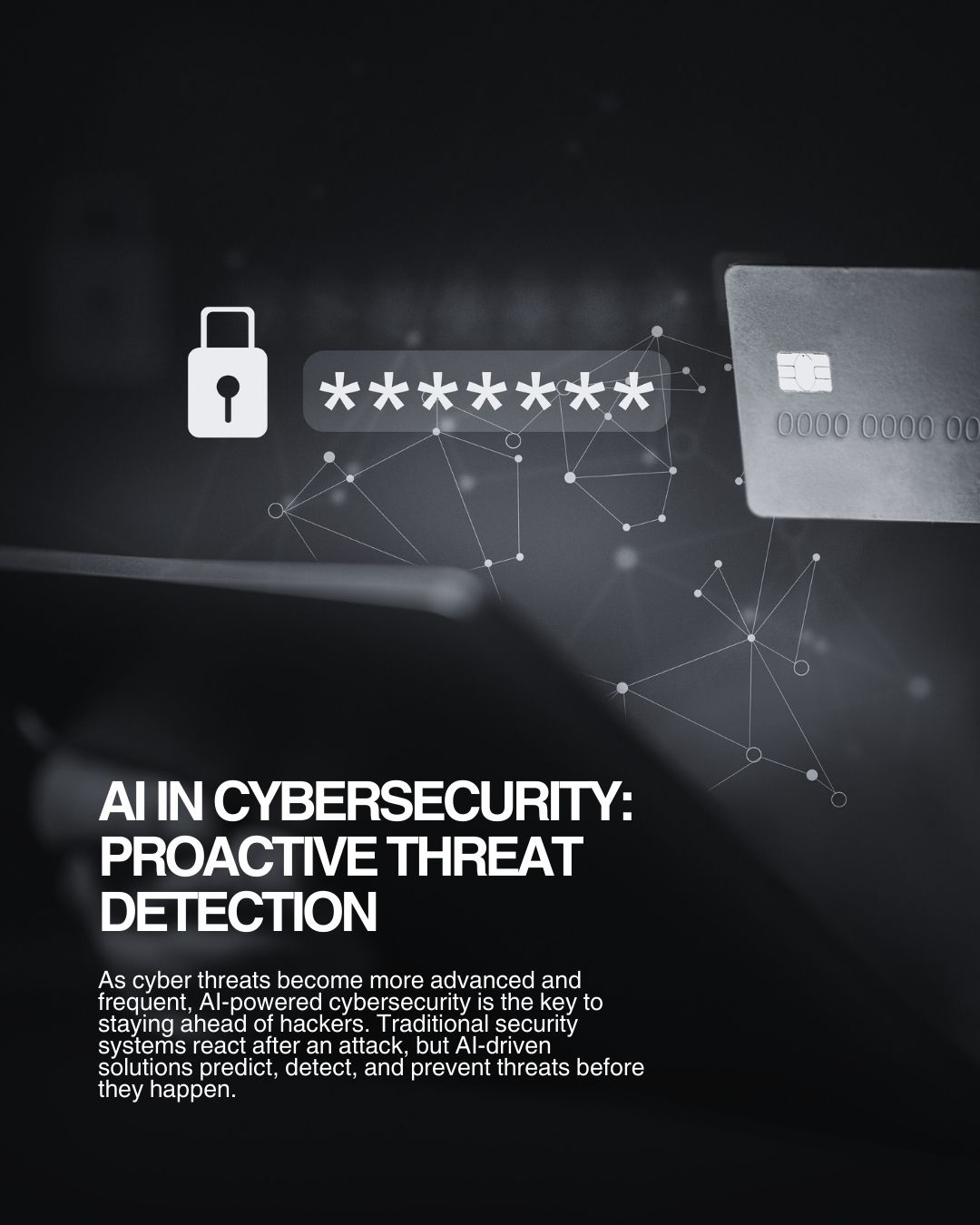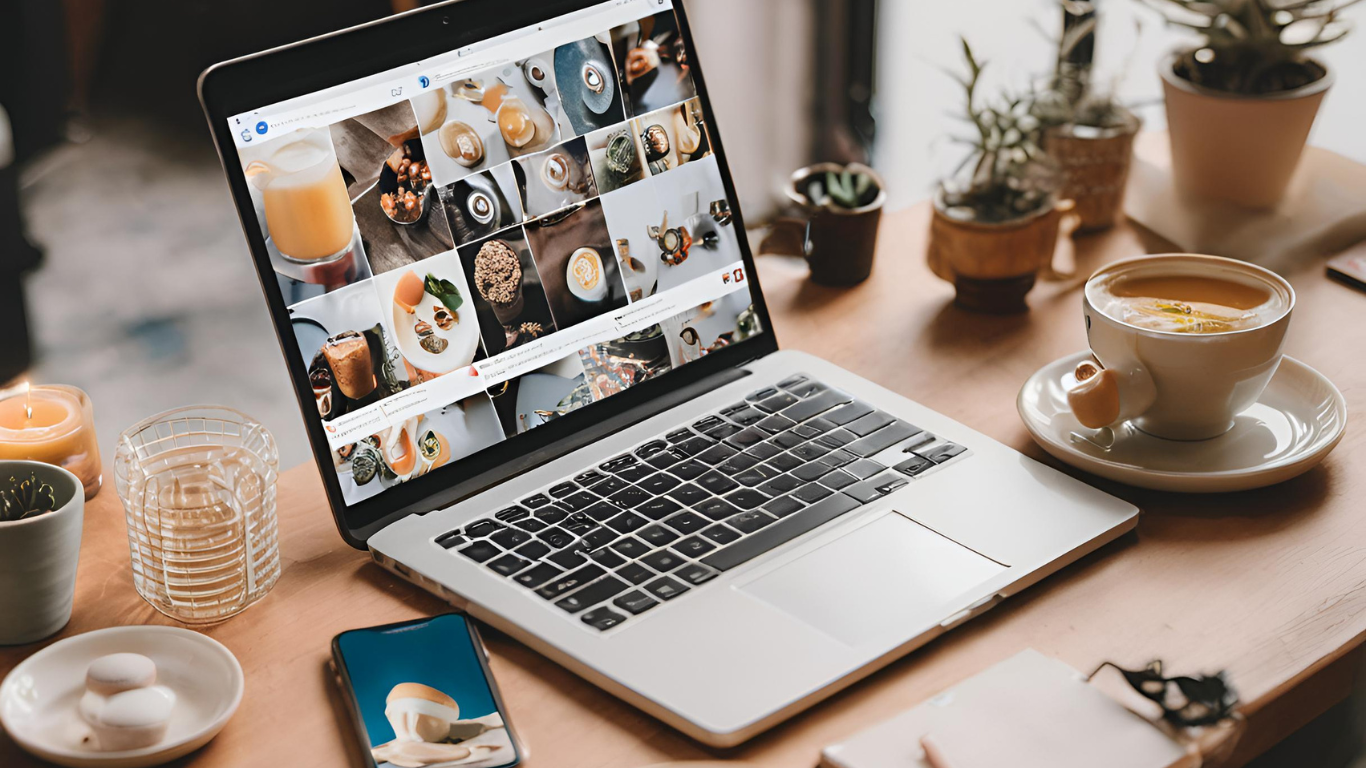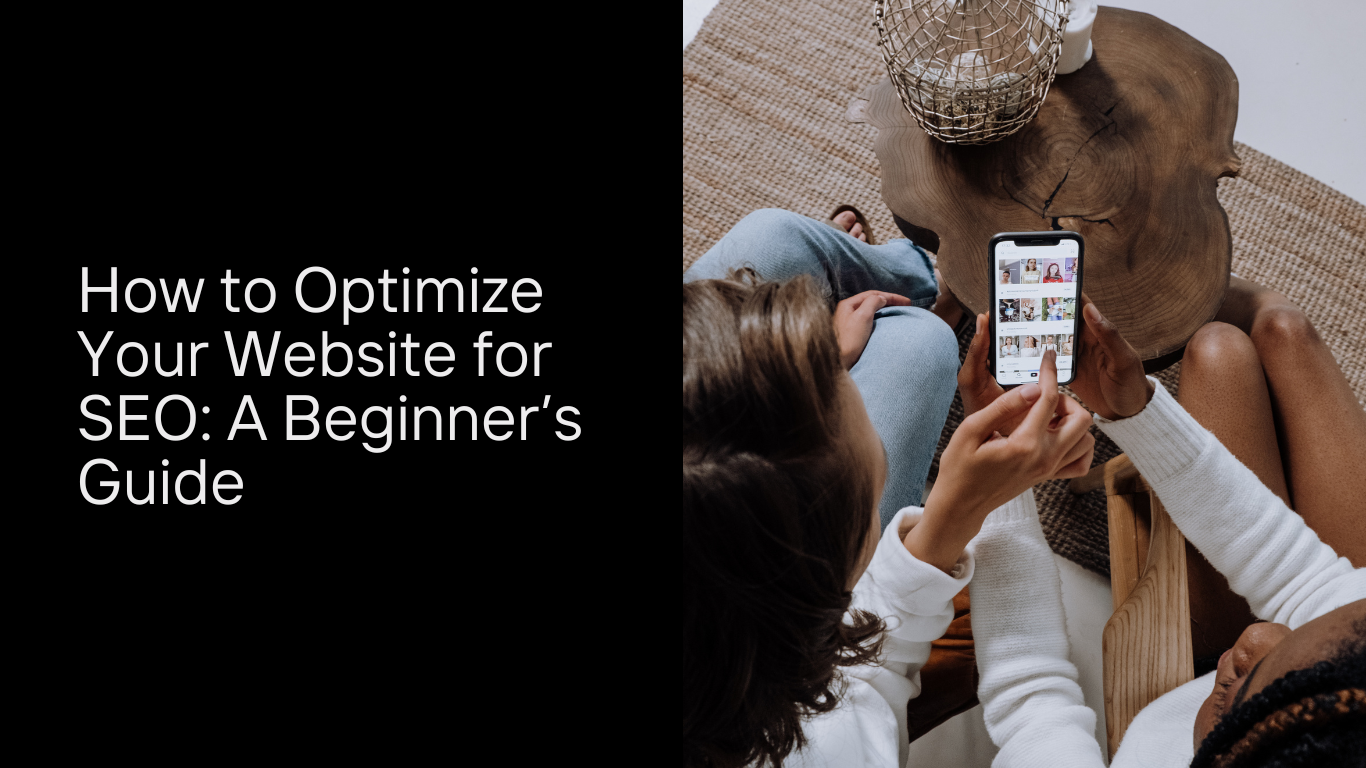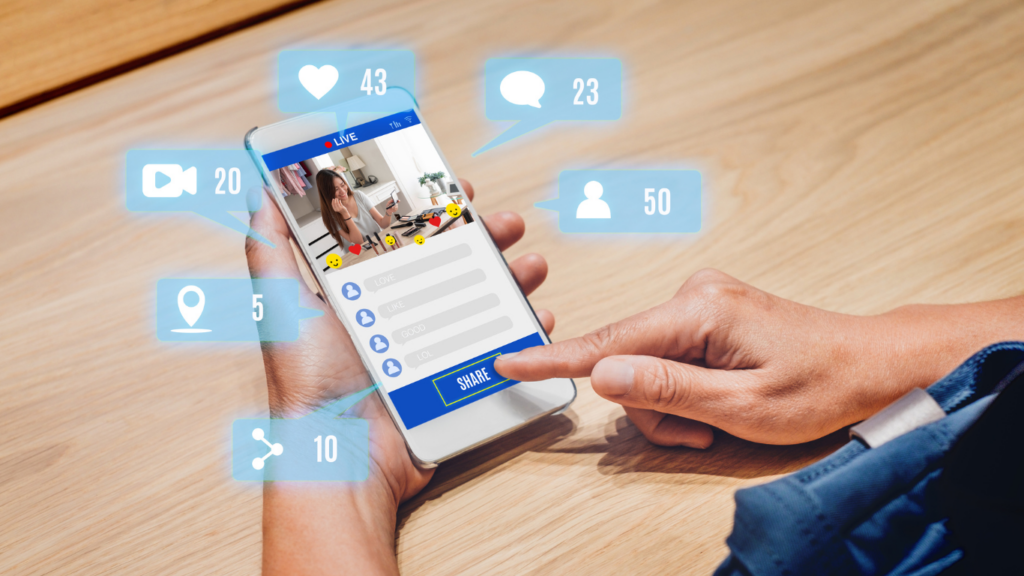
Micro-influencers, typically defined as individuals with 1,000 to 100,000 followers, have emerged as powerful players in the marketing landscape. They offer several advantages over traditional influencers, including higher engagement rates, niche audiences, and more authentic connections with their followers. Here’s how you can leverage micro-influencers in your campaigns:
1. Identify the Right Micro-Influencers
- Relevance: Choose influencers whose content aligns with your brand and target audience.
- Engagement: Look for high engagement rates rather than just follower count.
- Authenticity: Assess the authenticity of their interactions and content.
2. Build Authentic Relationships
- Engage with Their Content: Like, comment, and share their posts to build a rapport before reaching out.
- Personalized Outreach: Craft personalized messages that show you understand and appreciate their work.
- Offer Value: Explain what value your collaboration can bring to them and their audience.
3. Create Collaborative Campaigns
- Content Collaboration: Work together to create content that feels organic and resonates with their audience.
- Product Reviews and Giveaways: Provide products for review or organize giveaways to create buzz.
- Exclusive Access: Offer early or exclusive access to new products or services.
4. Leverage Multiple Platforms
- Cross-Platform Promotions: Utilize different platforms like Instagram, YouTube, TikTok, and blogs to maximize reach.
- Consistent Messaging: Ensure consistent brand messaging across all platforms while allowing the influencer’s unique voice to shine.
5. Track and Measure Performance
- KPIs: Define key performance indicators (KPIs) such as engagement, reach, website traffic, and conversions.
- Analytics Tools: Use analytics tools to track the performance of the campaign and gather insights.
- Feedback Loop: Maintain open communication with the influencer to understand their audience’s reaction and adjust strategies accordingly.
6. Foster Long-Term Partnerships
- Ongoing Collaboration: Build long-term relationships for continuous engagement rather than one-off campaigns.
- Loyalty Programs: Create loyalty programs or ambassador roles for top-performing micro-influencers.
- Community Building: Encourage micro-influencers to be part of a larger community of brand advocates.

Benefits of Leveraging Micro-Influencers
- Cost-Effective: Typically more affordable than macro-influencers or celebrities.
- Higher Engagement: Often have higher engagement rates due to their closer connection with followers.
- Targeted Reach: Can effectively target niche audiences, leading to more relevant and impactful marketing.
- Trust and Authenticity: Followers often perceive micro-influencers as more genuine and trustworthy.
Case Studies and Examples
- Daniel Wellington: The watch brand famously used micro-influencers to grow its brand, resulting in massive visibility and sales.
- Glossier: This beauty brand leverages micro-influencers to promote its products, creating a strong community of advocates.
- Gymshark: Utilizes fitness micro-influencers to reach specific segments of the fitness community, driving brand loyalty and sales.
Conclusion
Leveraging micro-influencers in your marketing campaigns can provide a high ROI through targeted, authentic, and engaging promotions. By carefully selecting the right influencers, building strong relationships, and creating meaningful collaborations, brands can effectively tap into the power of micro-influencers to achieve their marketing goals.



